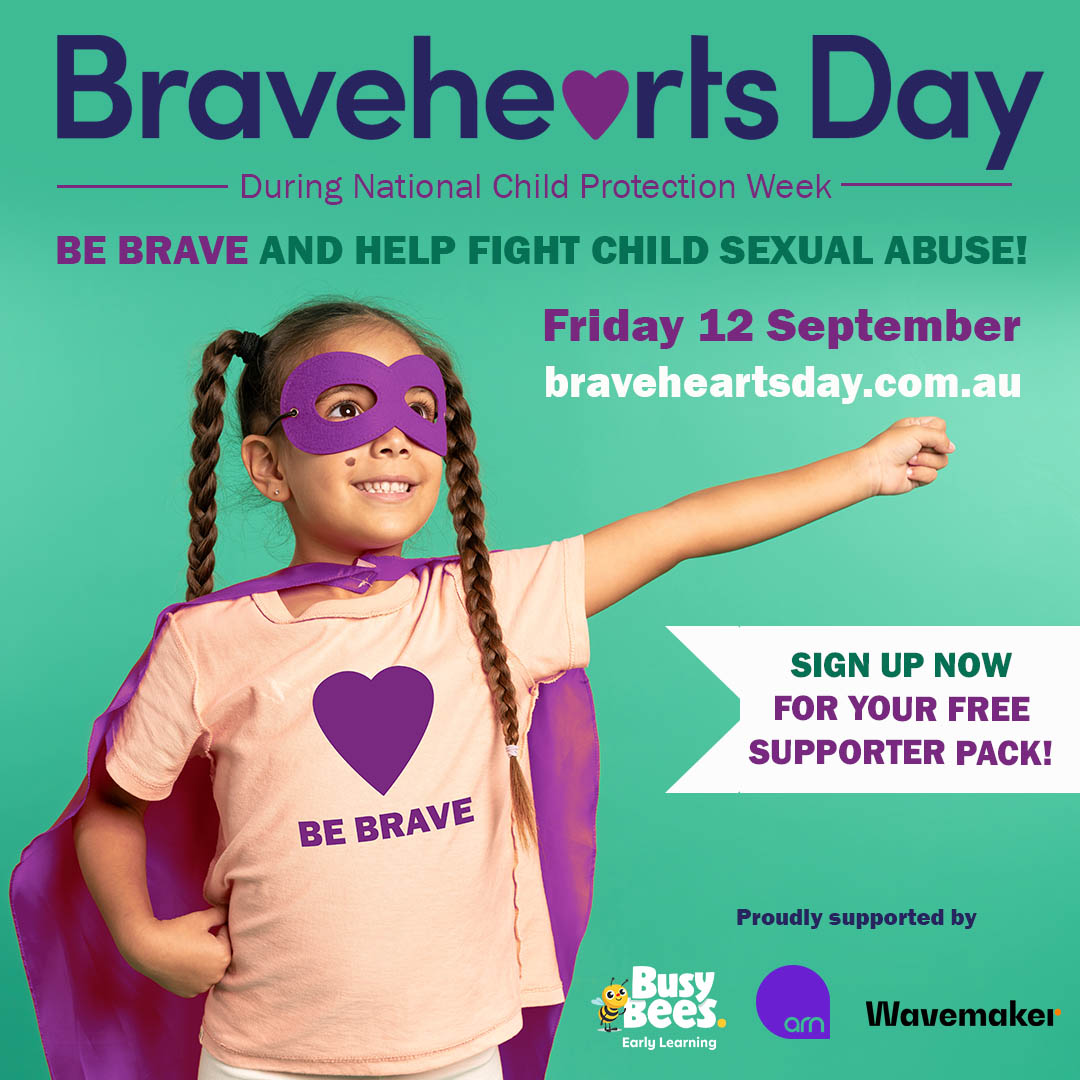About Child Sexual Abuse
- Free Resources
- What is Child Sexual Abuse?
- What are the Signs of Child Sexual Abuse?
- What are the Effects of Child Sexual Abuse?
- What is Grooming?
- What is Consent?
- Sexual Behaviours in Children
- Myths About Child Sexual Abuse
- Online Grooming & Child Sexual Exploitation
- Teaching Children Personal Safety
- Responding to a Disclosure of Sexual Abuse
- Historical Child Sexual Abuse
Helpful Links
- Home > About Child Sexual Abuse > What is Child Sexual Abuse?
What is Child Sexual Abuse?
Child sexual abuse is a global problem that knows no physical, financial, socioeconomic, geographic, cultural or gender boundaries.
All forms of child sexual abuse (CSA) are a profound violation of the human rights of the child and a crime under law and the impacts of this crime are far-reaching for children, families and communities.
Research defines child sexual abuse as any sexual act between an adult and a minor or between two minors when one exerts power over the other; forcing, coercing or persuading a child to engage in any type of sexual act. It also includes non-contact acts such as exhibitionism, exposure to pornography, voyeurism and communication in a sexual manner by phone or online (Darkness2Light, cited in Dove & Miller, 2007).

Sexual abuse can be physical, verbal or emotional in nature. It can include non-contact and contact activities and can involve a range of behaviours including but not limited to:
– Sexual acts, penetrative or non-penetrative, with a child or young person under the age of consent
– Forcing a child to strip or masturbate
– Inappropriate touching of a child, whether clothed or unclothed
– Engaging in any kind of sexual activity in front of a child, including watching pornography
– Taking, downloading, viewing or distributing sexual images of children
– Possessing images of child sexual abuse
– Encouraging a child to perform sexual acts in front of a webcam or any recording device
– Grooming a child (or their parent or carer). Grooming a child (or their parent or carer) refers to the way some offenders form relationships and build trust with children, parents, carers, teachers and other children in order to get close to a child and create the opportunity for sexual abuse. It can be difficult to identify because the behaviour itself may not be abusive or sexual. Grooming can often occur online.
-
If you believe a child is at immediate risk, contact emergency services on 000.
-
If you have observed any of the above or have serious concerns relating to the sexual abuse of a child, contact Policelink on 131 444.
-
For further information regarding CSA and reporting options, please contact the Bravehearts Information and Support Line on 1800 2720 831 or visit your local State or Territory Child Protection Services website.
Topline Stats about child sexual abuse
Below is a small selection of statistics related to CSA in Australia. For detailed statistics and research about CSA, please go to our dedicated Stats and Facts section on this site under Research and Reform.

More than 1 in 4 Australians (28.5%) have experienced child sexual abuse.
Reference: Haslam D, Mathews B, Pacella R, Scott JG, Finkelhor D, Higgins DJ, Meinck F, Erskine HE, Thomas HJ, Lawrence D, Malacova E. (2023). The prevalence and impact of child maltreatment in Australia: Findings from the Australian Child Maltreatment Study: Brief Report. Australian Child Maltreatment Study, Queensland University of Technology.

More than 1 in 3 Australian girls and almost 1 in 5 boys experience child sexual abuse.
Reference: Haslam D, Mathews B, Pacella R, Scott JG, Finkelhor D, Higgins DJ, Meinck F, Erskine HE, Thomas HJ, Lawrence D, Malacova E. (2023). The prevalence and impact of child maltreatment in Australia: Findings from the Australian Child Maltreatment Study: Brief Report. Australian Child Maltreatment Study, Queensland University of Technology.

Among Australian children who have been sexually abused, for more than three-quarters (78%), it happened more than once.
Reference: Haslam D, Mathews B, Pacella R, Scott JG, Finkelhor D, Higgins DJ, Meinck F, Erskine HE, Thomas HJ, Lawrence D, Malacova E. (2023). The prevalence and impact of child maltreatment in Australia: Findings from the Australian Child Maltreatment Study: Brief Report. Australian Child Maltreatment Study, Queensland University of Technology.
In up to 90% of child sexual abuse cases, the offender is known to the family.
Reference: Australian Bureau of Statistics 2017; Quadara, Nagy, Higgins & Siegel, 2015
In more than half of cases (approximately 52%), the onset of child sexual abuse is from 0 to 8 years.
Reference: McElvaney et al,. 2020

1 in 8 children has sent a photo or video of themselves to someone they first met online.
Reference: Office of the eSafety Commissioner, 2022

Approximately 1 in 3 cases of child sexual abuse are instigated by other young people.
Reference: Der Bedrosian, 2018; McKibbon, 2017; Finkelhor, Omrod & Chaffin, 2009
 BACK
BACK





